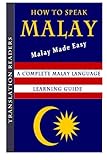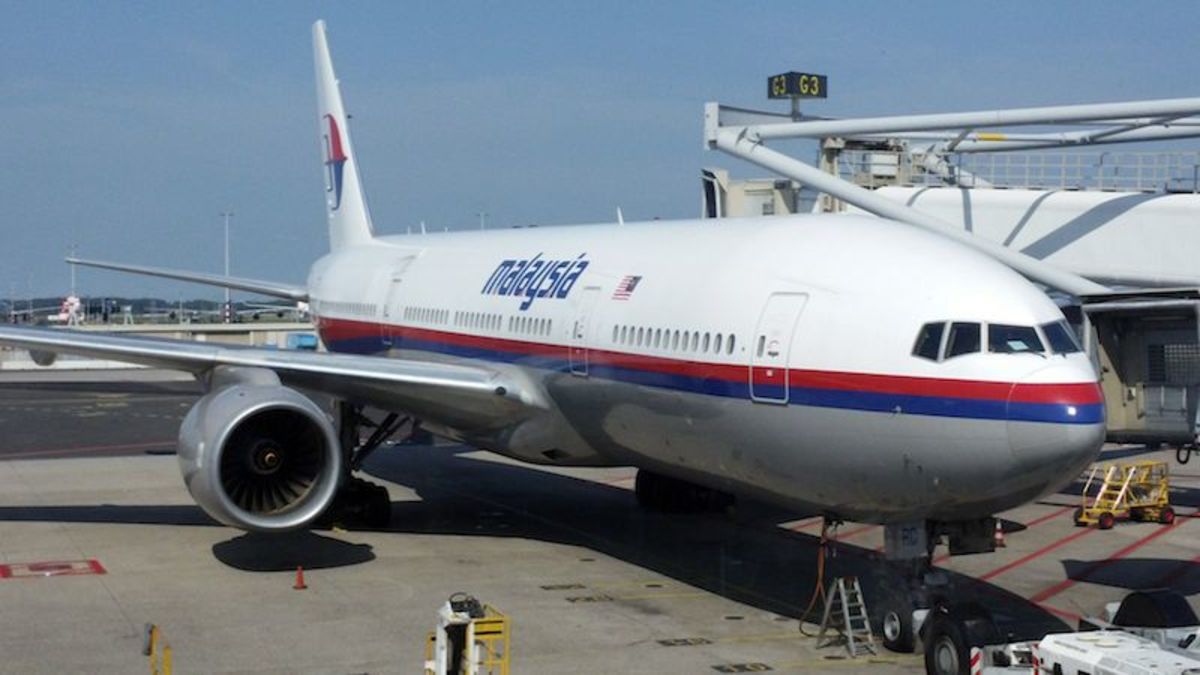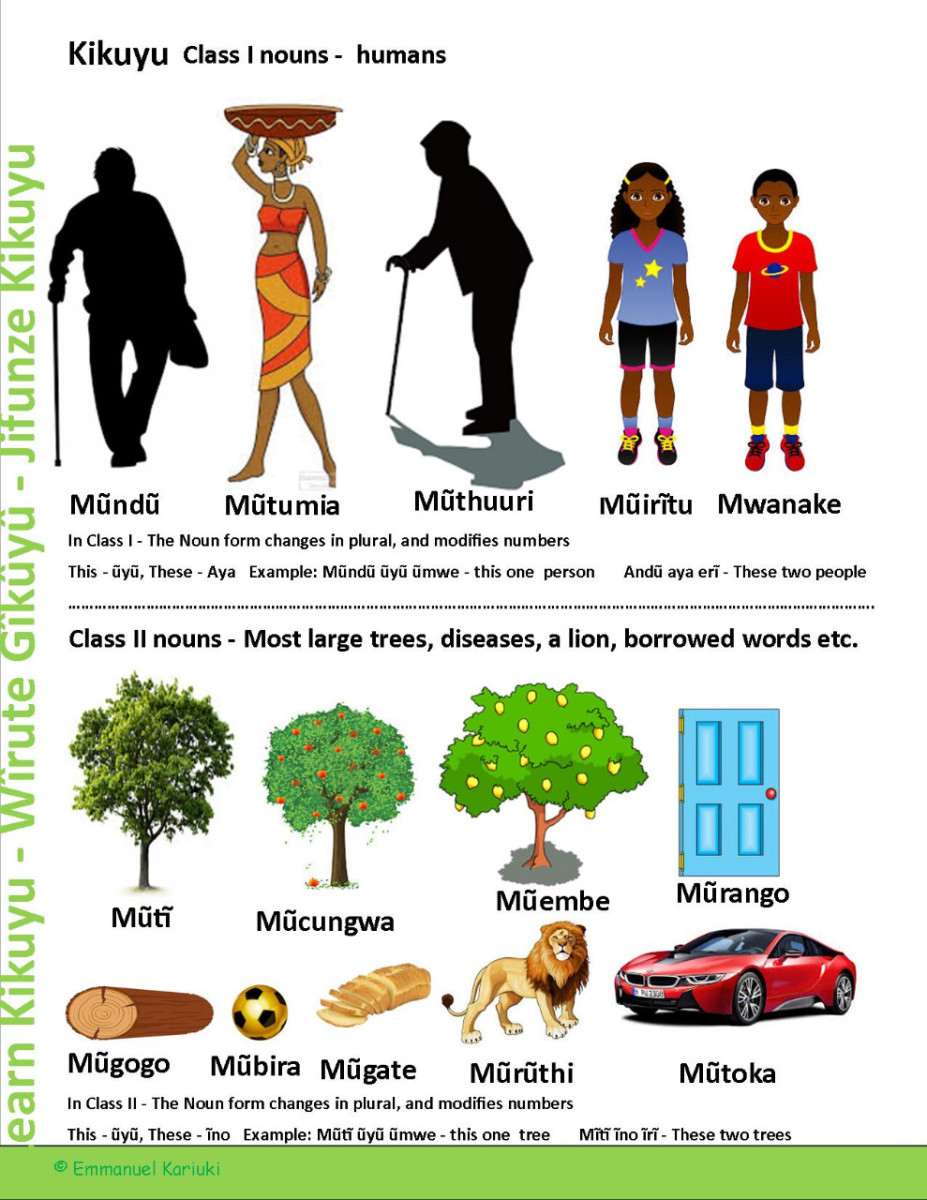Learn Malay Easily - Conversational Singapore Malay Language
Malay Language - Introduction
With about 250 million speakers worldwide, the Malay language is most commonly used in Malaysia, Singapore, Brunei, Indonesia (Bahasa Indonesia is used where there are slight differences) and Southern Thailand. Malay is also used sporadically in Philippines, southern Myanmar, Christmas Island and Sri Lanka. While there are variants in accents and language, Malay language is generally consistent throughout the Southeast Asian region, with Bahasa Indonesian having the most drastic difference in vocabulary, where some words are unfamiliar to the other Malay language speakers in the region.
History of the Malay language
History of the Malay language dates back to late 6th Century AD, where documents written in the Old Malay Language was found off the coast of Sumatra. While there have been theories and hypotheses surrounding the actual origin of the Malay language, it is known that the language derived and was influenced heavily from the Sanskrit language. Since then, it has evolved and came into massive widespread during the early 1400’s where a form of Malay language was used as the official pidgin language for trade along the Straits of Malacca. The Malay language also has close ties with the spread of Islam in the region as through use of it for trade, Islamic literature was also spread throughout the region which gave rise to Muslim kingdoms, particularly in present day Malaysia.
Malay Language

Since then, Malay language has had Arabic, Hindi, Sanskrit and Persian influences infused into the language. Malay language is commonly written in Rumi or Roman alphabets but Jawi; a form of modified Arabic is also used traditionally, though less common in present day. The use of Malay language would definitely benefit foreign traders or those looking to set up businesses in the South-East Asian region of the world, specifically Malaysia or Indonesia, where Bahasa Malaysia and Bahasa Indonesia are national languages and most commonly used languages in their respective countries. While Singapore also recognizes the Malay language as the national language of the nation for historical reasons, English language is mostly used in daily conversations.
In Malaysia and Indonesia, it would definitely benefit a potential business venture if the foreign investor is familiar of the Malay language as Malays are known to be warm and friendly throughout the region, having the advantage of knowing the language would most likely form closer ties and build a stronger business bond between the two associates. While most Malays in the region have a strong grasp of the English language, traditional business companies still trade in the Malay language and usage throughout the region is stronger than ever.
Learn Malay Language
Malay Language is generally considered a relatively easy language to pick up; with many words having easy pronunciation and written words can be easily read and understood without much practice. Having a basic foundation in Malay language would take no longer than a few months and most language schools offer conversational Malay language as a course anyone with an interest can pick up on easily. Below are some conversational words and numbers that will provide you survival from one place to another; in case you get lost in the South-east Asian region:
Learn Malay Language Materials
Learn Basic Malay Easily
How are you? – Apa khabar?
Good – Baik
No good – Tidak baik
Thank you – Terima kasih
You’re welcome – Sama-sama
No (or I don’t want) – Tidak mahu
Goodbye – Selamat jalan
I’m sorry (or Excuse me) – Minta maaf
Eat – Makan
Drink – Minum
Can you help me? – Boleh awak tolong saya?
What is your name? – Nama awak apa? Or Siapakah nama awak?
My name is… - Nama saya…
Good morning – Selamat pagi
Good afternoon – Selamat tengahari
Good evening – Selamat petang
See you again – Jumpa lagi
Help – Tolong
One – Satu
Two – Dua
Three – Tiga
Four – Empat
Five – Lima
Six – Enam
Seven – Tujuh
Eight – Lapan
Nine – Sembilan
Ten – Sepuluh
These are just some of the basic terms that will help you in your dealings in South-east Asia. Do not fret though, if you need help, Malays are mostly proficient in varying levels of English so mixing both English and Malay in one sentence (colloquially known as rojak in Malaysia and Singapore) is completely understandable by the locals and will often be rewarded with a smile for the attempt. Have fun learning Malay, selamat maju jaya!









